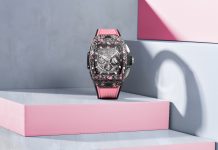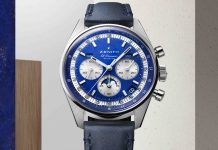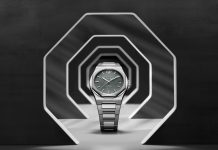If you walk by Bang & Olufsen at Grand Hyatt, you might be in awe at the majesty of the BeoLab 90 and intrigued with the complexity of the BeoLab 50. The genius behind these creative designs is André Poulheim. André runs his own award-winning studio, Noto, and is a lecturer at the faculty of design at the University of Applied Sciences in Aachen. I had the privilege to ask him about working with B&O and the story behind the two stunning speakers.
André’s Design Philosophy
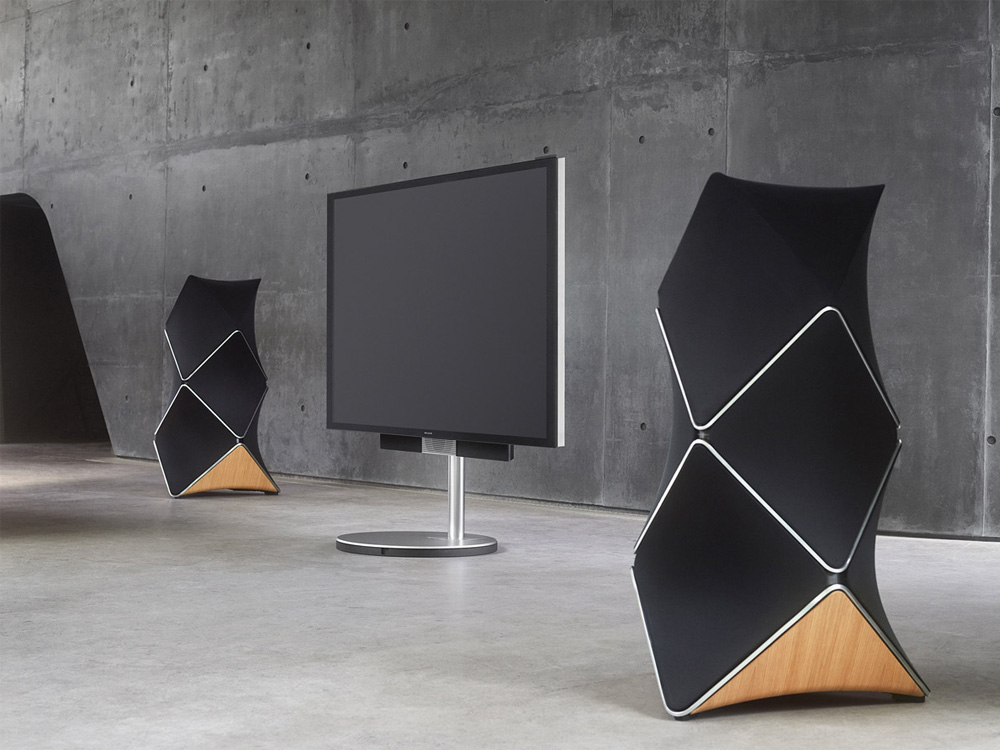
Every designer has his own design approach. Noto’s philosophy is that a product is more than just a shape. What is André’s? “Every designable aspect should be life enriching. When we start a project, we define the experience before we do the first sketch.” In NXT, the idea of an enriched life includes indulging in the finest things in life, be it luxury or not. This includes being immersed in rich sounds. You do not have to be an audiophile to enjoy it.
André explained, “Of course the shape and appearance has to be right, evoke emotions and make you feel addicted to the product. In the end something must happen between you and the product, something you call the experience. Defining that is so important to create a remarkable product.”
The enthusiasm André has when he speaks about the BeoLab 50 and 90, as if they were his children, hints to us the values Bang & Olufsen has when crafting products.
“B&O have such a strong heritage in design, and at the end they also sell the aesthetics. The whole team is aware that we will have the fight. And they want us to push boundaries and to create something extraordinary,” said André.
No Trade Off in Sound Quality

If you are very discerning when it comes to sound quality, you might probably think that design is not that important. Part of André’s job is to optimise design while still retaining the quality of audio. The BeoLab 90 costs as much as a car, so it is only fair that the sound quality is the pinnacle of audio quality. Yet, some people only want to show them off aesthetically.
André said, “BeoLab 90 was the first speaker we ever did. We had to learn a lot about acoustics because the BeoLab 90 is the most complex speaker B&O ever did. One thing was for sure when we worked on that: we cannot compromise on sound. Sound is the first parameter. We have to fulfil everything the sound engineer wants from us. We start to challenge the acoustic team by saying, “Here you have four bass drivers and equal arrangement. What would happen if we do one distributing sound forward?””
“We played around with the architecture. We have to listen, understand then push the boundaries. That took us about 15 months. And everybody at B&O know how important design is so they are open-minded. We have the opportunity and go there and say, “This bulky wooden box, we cannot work with that. What else can we do?” The BeoLab 90 [became] an icon and that communicates something to your eyes and also to your guts.”
BeoLab 50, Surprisingly the Toughest Project Yet

With all that said, wouldn’t BeoLab 50 be a much easier product to design knowing that it is valued at a lower price? Unfortunately not. In fact, BeoLab 50 was Noto’s most difficult project yet.
André told us, “For BeoLab 90, everything was possible. The target was to create an icon for the vision of sound and like no one else. We were allowed to do creative things. For BeoLab 50, it was a more economical product. But we want to provide the same level of value. It was very important for that project to find a way to create the appeal of aluminium, one of the materials B&O stands for. How can you provide the feel of aluminium in a very efficient way? It was one of the hardest project we ever did, because it was also a follow from BeoLab 5 and it is also a little bit of a little brother of BeoLab 90, technical wise. And we take some parts of the BeoLab 90 so you get similar listening experience.”
“In the beginning we have a big challenge of what it is? Is it a smaller version of the BeoLab 90? Is it a successor of BeoLab 5? We did the concept phase twice due to that. The second round, we came up with something independent, then we felt that’s right. Yes it takes the technology from 90, [but] it is a product on its own and it has to deliver its own value.”
There are so much thoughts that go behind the creation of the BeoLab 50, and it is hard to imagine. It is no easy feat for B&O and André to produce a compact, aesthetically pleasing and powerful speaker. How did they translate sketches on a board to a product sitting in Grand Hyatt? André revealed,” [We] manage to create these big and proper aluminium parts that perfectly fit. It is a massive gel to bring so much technology in such a small speaker.”
The Technology Hidden within the Sophisticated Speaker
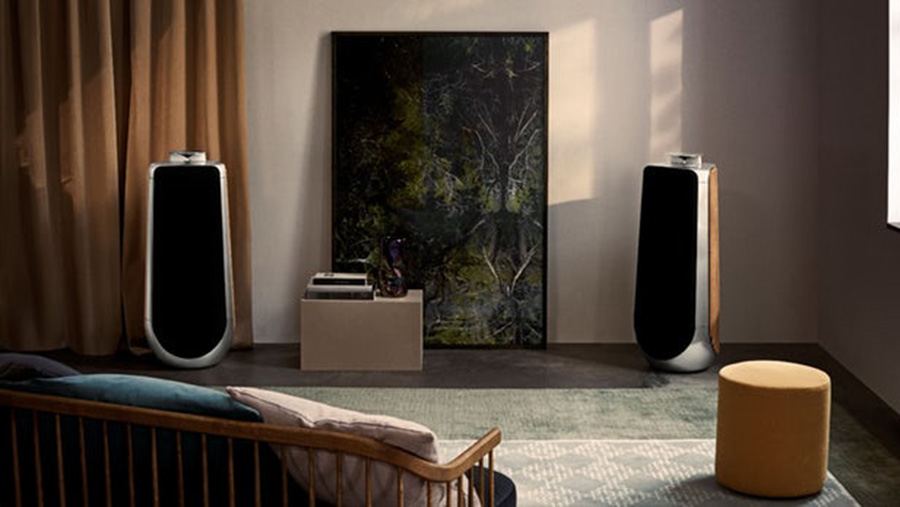
A beautiful design does not mean that technology is compromised. Both BeoLab speakers are equipped with Beam Width Control that allows you to customise the areas where you want your speakers to fill. André went on, “ When you turn off the speaker and the motorised lens move up and then it opens wide and narrow. And there’s a function, beam width control, that plays sound in narrow mode and in wide mode, and this is visible. You can hear the difference.”
“When you play in narrow mode, there is one seat in the centre of a triangle. When you open up the lens, your friends at the side can experience the sound. And that’s a story to tell. That’s what Bang & Olufsen is for, it’s for the friends as well, it’s a social music experience in natural living condition, not the hi-fi addicted person.”
Read the full interview in Test for BeoLab 50 in NXT April 2018 issue.




